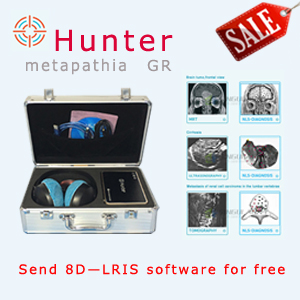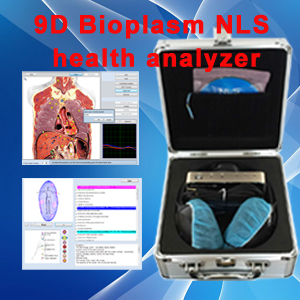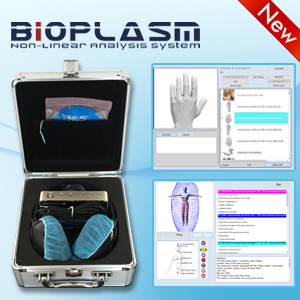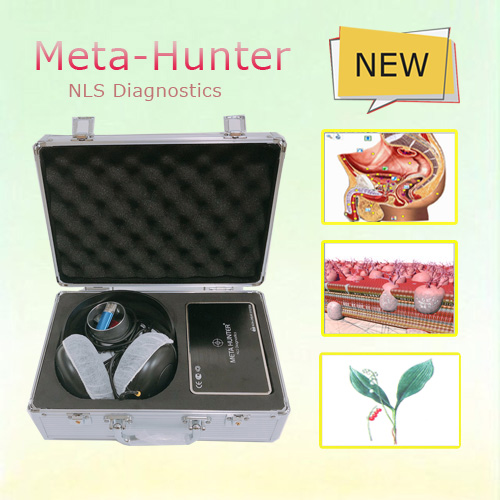Metapathia 18d hunter-method for differential diagnostics of chondrosarcoma and metastatic lesions
Initial malignant tumors of bones are extremely rare. In the structure of malignant lesions they hold approximately 0.2%. However consequences of such lesions are severe, often resulting in a negative prognosis regarding patients’ life. According to WHO in economically developed countries up to 5000 new cases of malignant tumors of locomotor apparatus are registered and about 790 people die every year.
In this case only several primary tumors, such as osteogenic sarcoma (35%), chondrosarcoma (30%) and Ewing’s sarcoma (16%) are the most frequent and determine appearance of clinical symptomatology. At the same time it is well known that osteogenic sarcoma and Ewing’s sarcoma develop mainly in children and young people, but chondrosarcoma is diagnosed in adult and elder patients. Senior age groups are also characterized by metastatic lesions of bones.
As a rule, malignant neoplasms of locomotor apparatus give different and non-specific clinical symptomatology. In the majority of cases an assumption of malignant lesion of bones appears when, besides clinical manifestations (pain, swelling), roentgenogram also shows pathological changes. It can be various variants of osseous destruction, periosteal reaction, pathologic fractures, changes of soft tissues. At the same time roentgenologic semiotics gas several similar signs at various pathological processes. In particular, a single nidus of osseous lytic destruction, revealed by a roentgenogram, can be a consequence of both chondrosarcoma and metastasis. However due to physical peculiarities of development, traditional roentgenology method cannot differ these two processes. X-ray computed tomography has more possibilities in differing of chondrosarcoma and non-vertebral metastasis. CT may help in defining of osseous destruction length, in evaluation of soft-tissue component structure. Nevertheless if a process is located in long bones, at presence of lytic destruction of soft-tissue component, specificity of this method also decreases. New method of computed three-dimensional NLS-graphy, as we believe, also can be used to detect chondrosarcoma and metastasis. In available references we have not found information about application of metapathia 18d hunter-method for differential diagnostics of chondrosarcoma and metastatic lesions.
The objective of our study is to research possibilities of metapathia 18d hunter in differentiation of chondrosarcoma and non-vertebral metastasis in adult and elder patients.
This article is provide from [Bioplasm nls],please indicate the source address reprinted:http://www.bioplasm-nls.com/nls_knowledge/Metapathia_18d_hunter_method_for_differential_diagnostics_of_chondrosarcoma_and_metastatic_lesions.html






